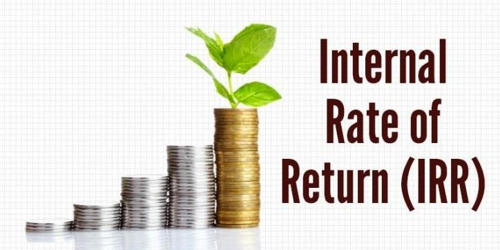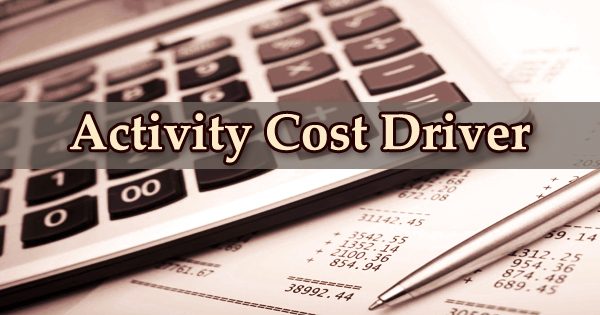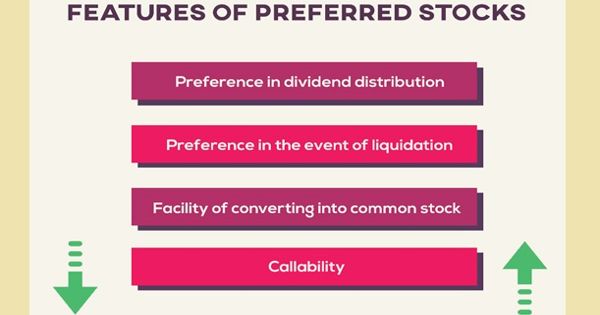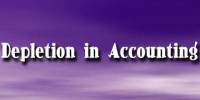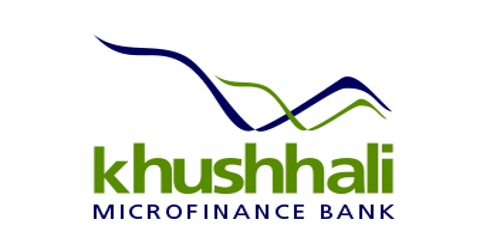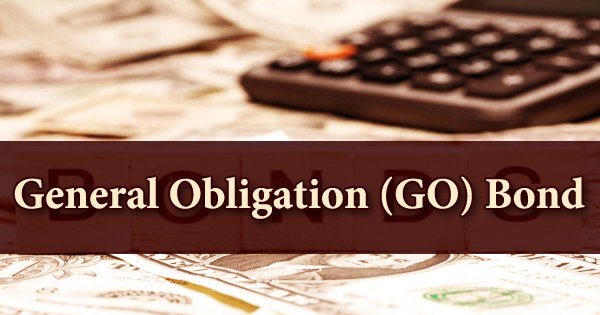The double declining balance (DDB) depreciation method, also known as the method of balance, is one of two traditional methods that a company uses to account for the value of a long-lived asset. It is also used to more aggressively depreciate fixed assets in the early years, which helps the corporation to postpone taxes on revenue to later years. In other words, it is an accelerated method of depreciation which frontloads the costs of the asset in the earlier years of its useful life. Similarly, the double-decreasing approach depreciates assets twice as fast compared with the traditional declining balance process.
The DDB process, in particular, depreciates assets twice as quickly as the conventional method of decreasing balance. Often, the DDB method reports higher depreciation expenses in the early years of the useful life of an asset, and smaller ones in later years. The DDB method calculates the depreciation by multiplying the starting book value by two times the straight-line method for each era.
Double Declining Balance (DDB) Depreciation Method Formula:
Depreciation = 2 × SLDP × BV
Where:
SLDP = Straight-line depreciation percent
BV = Book value at the beginning of the period
The double declining balance (DDB) depreciation method is the most commonly used. Essentially, it uses the depreciation rate twice as straight-line. For e.g., suppose we’ve got an asset costing $100,000. At the end of its useful life of five years it is projected to have a salvage (residual) value of $10,000:
Cost: $100,000
Residual value: $10,000
Useful life: 5 years
Under the straight-line method of depreciation, one-fifth (1/5, or 20%) of the depreciable cost of the asset will be depreciated each year.
However, 40 percent (2/20 percent) of the asset’s book value will be depreciated each year under the double-declining balance method. We are cautious not to let the depreciation cost lower the book value of the asset below its expected recovery value at the end of its useful life. For example:
Year 1
Depreciation expense: $100,000 × 40% = $40,000
Ending book value: $100,000 – 40,000 = $60,000
Year 2
Depreciation expense: $60,000 × 40% = $24,000
Ending book value: $60,000 – 24,000 = $36,000
Year 3
Depreciation expense: $36,000 × 40% = $14,400
Ending book value: $36,000 – 14,400 = $21,600
Year 4
Depreciation expense: $21,600 × 40% = $8,640
Ending book value: $21,600 – 8,640 = $12,960
Year 5
Depreciation expense: $12,960 × 40% = $5,184 (but limited to $2,960 so as not to reduce the book value below salvage value)
Ending book value: $12,960 – 2,960 = $10,000
Taxes are forced out by increasing the process of depreciation and incurring a greater cost in earlier years and a smaller cost in later years. If a company purchases a costly product that will be used over several years, it does not subtract the entire purchase price in the year of acquisition as a business expense but instead deducts the price for many years.
Other declining balance methods of depreciation are often used, in particular the declining balance method of 150 percent which depreciates assets much slower than the declining balance method of double (i.e. 200 percent). Since depreciation is tax-deductible (and, therefore, lowers a company’s net income), the company pays less in taxes within the early years and better taxes within the later years with the double-declining balance method.
Since the double-declining balance method leads to higher depreciation expenses at the beginning of the life of an asset and lower depreciation expenses later on it makes sense to use this strategy on assets that rapidly lose value. The biggest advantage to using the DDB method is that we will write off depreciation at twice the speed compared to if we used the depreciation of depreciation. This works well for those properties that lose their value within the first few years after we buy them like vehicles, computers, and most electronics.
The double-declining balance method is a form of a declining system with a double depreciation rate. The decreasing method of balance is one of the two accelerated methods of depreciation, and it uses a rate of depreciation that is some multiple of straight-line system rate. Using the DDB system for internal bookkeeping is ok; use when calculating our tax deduction is not appropriate.
Information Sources:

